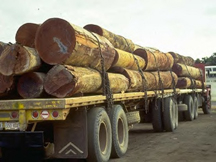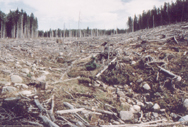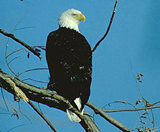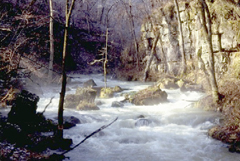![]()
More than half of our National Forests have been destroyed by logging, mining and road building. One–third of our National Forests contains untouched but unprotected areas that provide important public values. |
|||||
| |||||
| The state PIRGs’ Campaign To Save Our Wild Forests is working to defend what leading conservationists call America’s “Heritage Forests” — unprotected wilderness areas of 1,000 acres and greater within our National Forests — from logging, mining, road building and other damaging activities. | |||||
![]()
 |
Our wild forests, which make up nearly one-third of
America's National Forests, are threatened by logging, mining, road
building and other forms of development. Of the 191 million acres of
National Forests in 44 states, only 18 percent - less than 35 million
acres - is protected from development.
Logging, mining and road building destroy forest ecosystems and threaten our communities. |
| |

| Instead of preserving our wild forests, current
government policies actually encourage the destruction of our last
unprotected wilderness.
The Forest Service has built nearly 440,000 miles of roads - enough to circle the planet 17 times - to help logging trucks gain access to even more remote areas of our National Forests. Despite the benefit to logging companies, American taxpayers pick up the tab for these roads - at a cost of at least $200 million each year. |
 |
| To secure access to these publicly-owned lands, timber, mining and oil interests have spent millions on lobbyists and contributions to Congressional candidates. Campaign contributions by the timber industry alone total more than $10 million over the last seven years. | |
![]()
|
Last winter, President Clinton announced protection of more than 58 million acres of roadless areas in our national forests. Now, the Forest Service is moving to weaken those protections and allow these wild areas to be developed. America’s last wild forests should be a refuge for hikers and anglers, habitat for grizzly bears and wolves, home to clear streams and ancient trees - not chainsaws and bulldozers. The administration should direct the Forest Service to implement a policy that
|
   |
